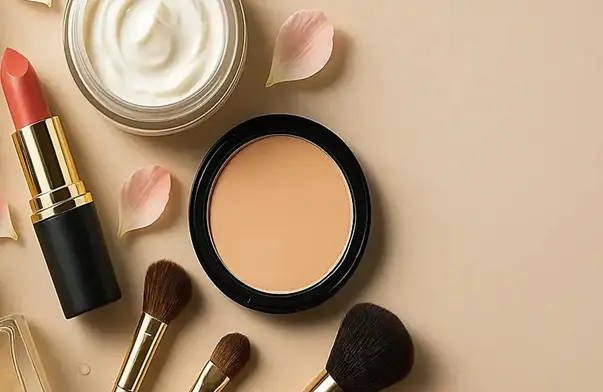What defines a beauty icon today? It’s no longer just glamorous advertising or a heritage logo. In 2025, popularity is shaped by millions of clicks, likes, and searches across the globe. From bold lipstick launches to sustainable skincare lines, consumer choices are shifting faster than ever. To capture this pulse of the industry, Top1000.com has unveiled its Top 1000 Most Popular Cosmetic Brands ranking — a worldwide snapshot of the names beauty lovers can’t stop talking about.
The global beauty market is evolving at lightning speed. A lipstick trend in Paris can inspire buyers in Tokyo overnight, while a skincare routine shared on TikTok may drive sales from Los Angeles to Lagos within hours. Consumers today live in a beauty world without borders, where trends travel instantly and loyalty is constantly redefined. In this climate, brands compete not just on shelves but on screens, in hashtags, and in the hearts of millions of digital followers.
The Top 1000 Most Popular Cosmetic Brands captures this unique landscape through a data-driven approach. Instead of relying on industry opinion or marketing budgets, the ranking analyzes global Google search volumes, Instagram followers and engagement, hashtag activity, and changes in consumer interest over time. All of these signals are combined into a 0–999 index, which allows luxury giants, indie disruptors, and regional favorites to be compared on equal terms. By using measurable indicators, the list reflects genuine popularity — the brands people are actively searching for, talking about, and engaging with online.
The 2025 edition is as glamorous as it is revealing. Iconic names that have defined beauty for generations continue to hold their place, showing that heritage and prestige still resonate worldwide. At the same time, new challengers are making their mark. Indie skincare companies built on clean formulas and eco-friendly values are climbing steadily, while digital-first makeup brands powered by influencer storytelling are capturing the imagination of younger audiences. Sustainability and inclusivity, once niche values, have become mainstream expectations. Brands that embrace cruelty-free testing, gender-neutral marketing, and authentic representation are rewarded with passionate consumer loyalty. Luxury houses are also evolving: collaborations with fashion designers, limited-edition drops, and partnerships with global celebrities keep them in the spotlight and help them compete with the energy of fast-moving indie players. The mix shows that today’s beauty leaders must constantly balance tradition with innovation.
Social media is the invisible engine behind much of this shift. A single viral video on TikTok can catapult a little-known product into global fame, while Instagram communities keep classic favorites relevant with tutorials, reviews, and fan-driven campaigns. YouTube creators, meanwhile, provide long-form credibility through in-depth reviews and product comparisons. TikTok’s “GRWM” clips, skincare hacks, and bold transformation videos now define what the next must-have product will be. In today’s beauty culture, influence doesn’t flow only from glossy magazines or celebrity endorsements — it is created daily by millions of users sharing their routines and recommendations. The methodology behind the ranking reflects this reality, treating digital engagement as a vital part of modern brand power.
What this ranking ultimately reveals is not just who the leading cosmetic brands are, but how beauty itself is changing. Consumers are more curious and adventurous, willing to explore niche labels and demand more from established names. They want beauty that reflects their identity, supports their values, and fits their lifestyles — whether that means a bold new makeup palette or a minimalist skincare routine. Popularity today is defined by authenticity as much as by glamour. Self-care and wellness trends also continue to influence the market, with demand for multifunctional products that bridge beauty and health. From hybrid serums that combine skincare with light coverage to eco-friendly packaging that doubles as a fashion statement, the boundaries of beauty are expanding every year.
This glamorous ranking is also part of a wider mission. Top1000.com applies the same transparent methodology across industries as different as banking, pharmaceuticals, and education. The principle is always the same: no pay-to-play, no hidden sponsorships, only verifiable public data. In beauty, that means the spotlight shines on brands because consumers put them there — not because of marketing budgets alone. For readers, it delivers something rare in the world of cosmetics: a clear, unbiased view of which brands are truly shaping the global beauty conversation.
Also Read-
- Chill & Conquer: Casual Gaming in Goa
- Innovative Test Generation Techniques for Modern Applications
- 10 High-Authority Sites That Accept Tech Guest Post (Updated 2025)
